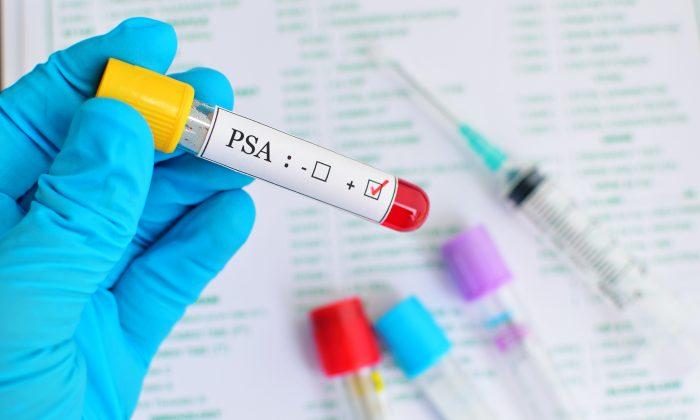What is prostatitis? Quite simply, it is a prostate infection. This condition involves inflammation of the prostate, the small walnut-shaped male gland that produces seminal fluid.
The direct causes of prostatitis are not fully known by the medical community, but some of the theories include past bacterial infections, irritation from urine backup, lower urinary-tract issues, parasites, or viruses. Certain medical procedures or medications may also increase the risk of prostatitis.
Symptoms of the disease can have a major impact on a man’s quality of life. Symptoms depend on the type of infection he is suffering from, but commonly include urinary frequency; perineal, testicular, bladder, and low-back pain; and painful ejaculation. A man may also experience severe burning when urinating, as well as an inability to empty the bladder—known as retention.
There are several different types of prostatitis, each with its own signs and symptoms.
Acute Bacterial Prostatitis
This is the least common type of prostatitis and is usually caused by a sudden bacterial infection. Symptoms include the following:
- Painful urination
- Retention
- Pain in the lower back, abdomen, or pelvic area
- Fever and chills
Chronic Bacterial Prostatitis
This is similar to acute bacterial prostatitis, but unlike the acute form, chronic symptoms develop gradually and are less severe. This type is characterized by recurrent urinary tract infections.
Nonbacterial Prostatitis
Also called chronic prostatitis or chronic pelvic-pain syndrome, this is the most common type of prostatitis. The exact cause is unknown, but could be a persistent infection, inflammation or pelvic muscle spasms. Symptoms include the following:
- Pain in the genitals and pelvic area
- Difficulty or pain urinating
- Sometimes pain during or after ejaculation.
Asymptomatic Inflammatory Prostatitis
This is a type of prostatitis without symptoms despite inflammation of the prostate. Diagnosis is typically made when the patient is being evaluated for symptoms relating to another condition.
Diagnosis and Treatment
Prostatitis can be diagnosed in several ways, but because symptoms are not always clear, it can be a bit of a mystery to solve. This is why diagnosis for prostatitis often happens when a man is being evaluated for something else, not prostate infection.
This is especially true for those who are asymptomatic. For example, a routine PSA test may be falsely elevated from prostatitis, prompting further testing.
A digital rectal exam, or DRE, can be done to check for pain or discomfort in the prostate, or a transrectal ultrasound might be used to help visualize the prostate gland. Other tests that can be done to help diagnose prostatitis are urine tests, semen culture, prostate culture, and STI tests to rule out a sexually transmitted infection.
The treatment for prostatitis depends on the type of prostatitis and what the cause of the infection is, if there is a clear cause. If the specific cause of infection is known, it can be treated with antibiotics. For those with chronic prostatitis, for which the cause is still somewhat unclear, a low-dose, long-term antibiotic treatment might be necessary.

Dr. David Samadi is the chairman of the urology department and chief of robotic surgery at Lenox Hill Hospital. He is a medical correspondent for the FOX News Channel’s Medical A-Team. Learn more at RoboticOncology.com and visit Dr. Samadi’s blog: SamadiMD.com. Follow him on Twitter and Facebook.






Friends Read Free